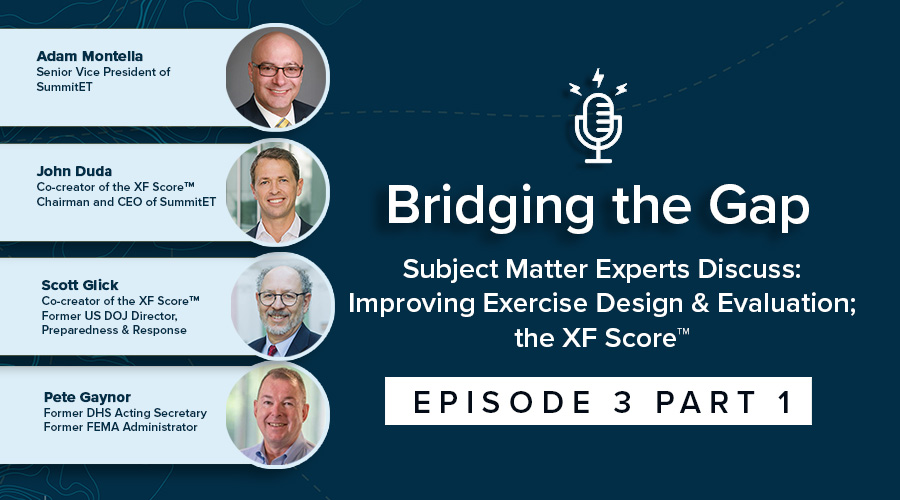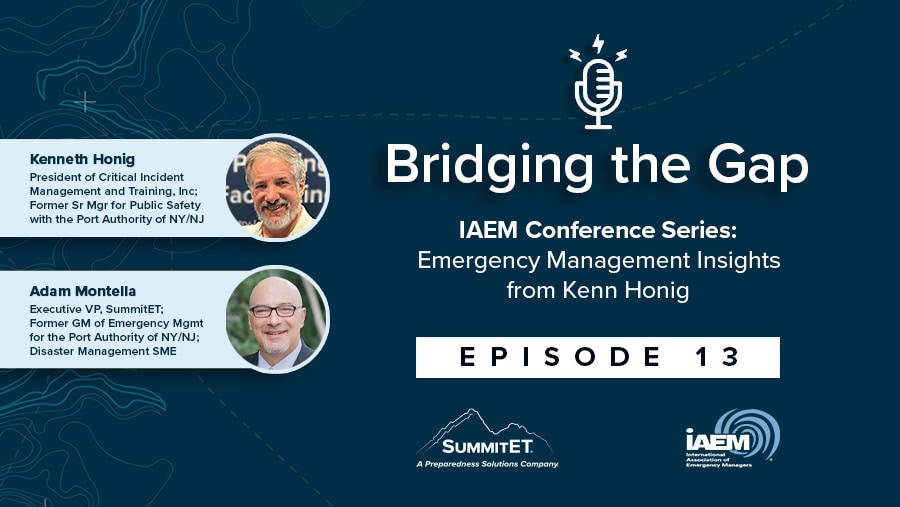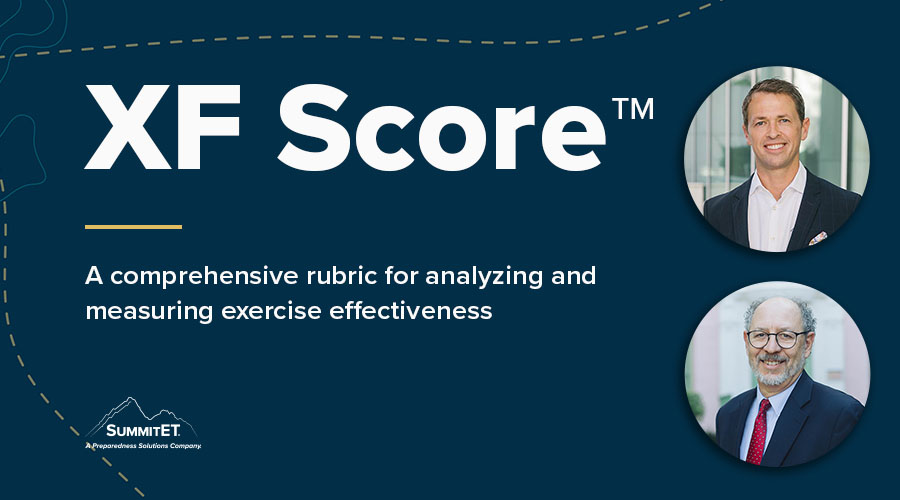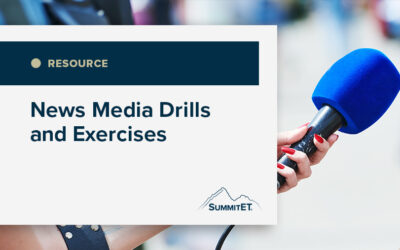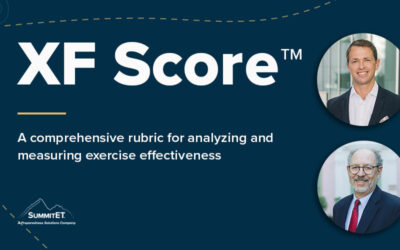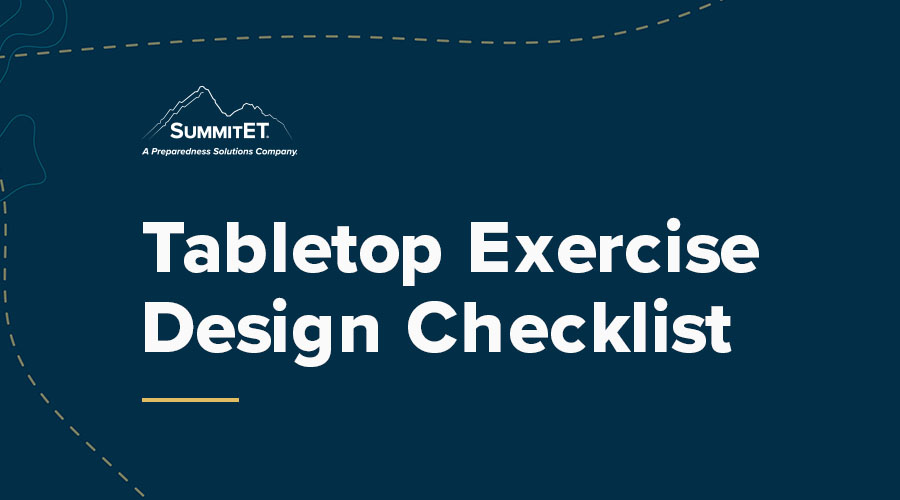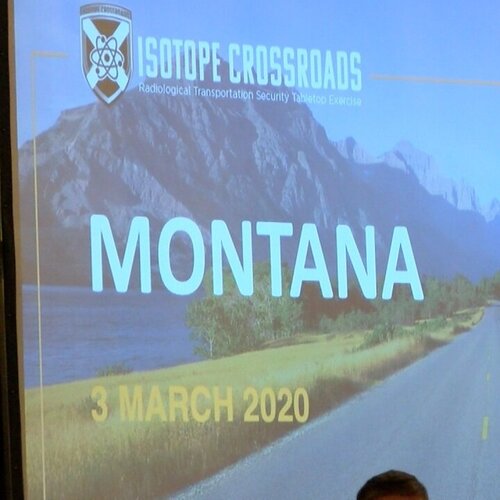A Japanese delegation visited SummitET headquarters in St. Petersburg, FL to meet with Emergency Management SME, Adam Montella, and study evacuation procedures for seniors during typhoons. They also reviewed lessons from the 2024 hurricane season, including hurricanes...
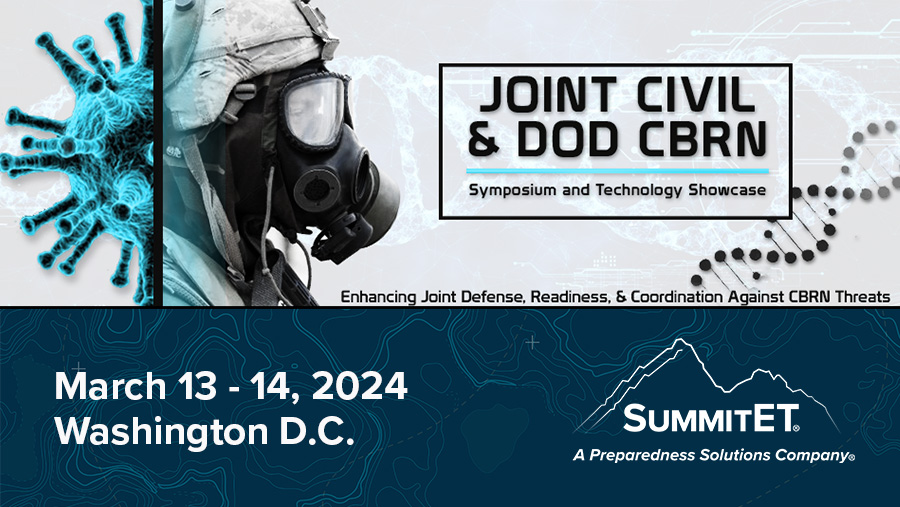
SummitET Experts to Attend 2024 Joint Civil and DoD CBRN Symposium
Summit Exercises and Training LLC (SummitET®) experts are attending the 12th Annual Joint Civil and DoD CBRN Symposium in Washington D.C. March 13 – 14, 2024.
This year’s symposium will convene senior level experts from across the military, federal government, state and local responders, and academia to explore effective CBRN incident detection, protection, and recovery strategies amid a dynamic threat environment. It will also feature a panel that will highlight the utilization of emerging technologies and capabilities to bolster recovery and response in a CBRN-affected, densely populated urban environment.
SummitET subject matter experts can assist in areas of mission support, planning and policy, and crisis communications for CBRN threats and hazards. We specialize in the design, facilitation, and support of federal and state CBRNE and WMD training and exercises that test, validate, and improve incident prevention, preparedness, and response capabilities and address known emerging threats.

The real-life experience of our team members makes all the difference in the support we offer. Their expert backgrounds include biological threat response, bomb technician, CWMD coordinators and operations, CBRNE hazmat, detection, and sampling, FBI counterterrorism, emergency management, crisis communications, and much more.
Conference attendees can connect with SummitET experts to discuss our CBRNE preparedness solutions for current and emerging threats, including exercises, training, plan development, and war-gaming.
Learn more about our preparedness capabilities
Meet Our Experts at Our Booth

Chuck Stevens-Marrone
Chief Projects Officer
Request a Meeting
SummitET News
SummitET Presents Exercises and Training Support at I/ITSEC 2024
SummitET® is excited to present exercises and training capabilities at this year’s Interservice/Industry Training, Simulation, and Education Conference (I/ITSEC) in Orlando, Florida from December 2 to 6, 2024. For almost 60 years, professionals in modeling,...
SummitET Receives 2024 HIRE Vets Medallion Award from the U.S. Department of Labor
October 31, 2024 | St. Petersburg, FL U.S. Acting Secretary of Labor Julie A. Su recognized Summit Exercises and Training LLC (SummitET®) as one of 839 recipients of the 2024 HIRE Vets Medallion Award during a virtual award ceremony presented by U.S. Department of...




